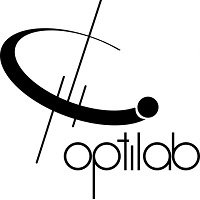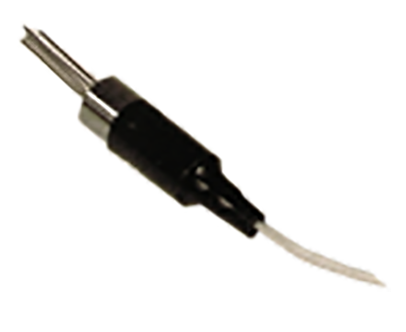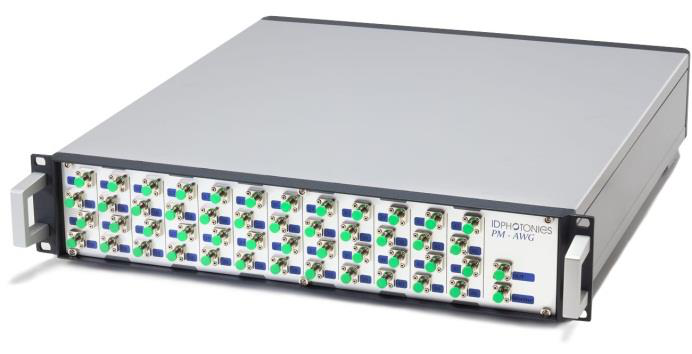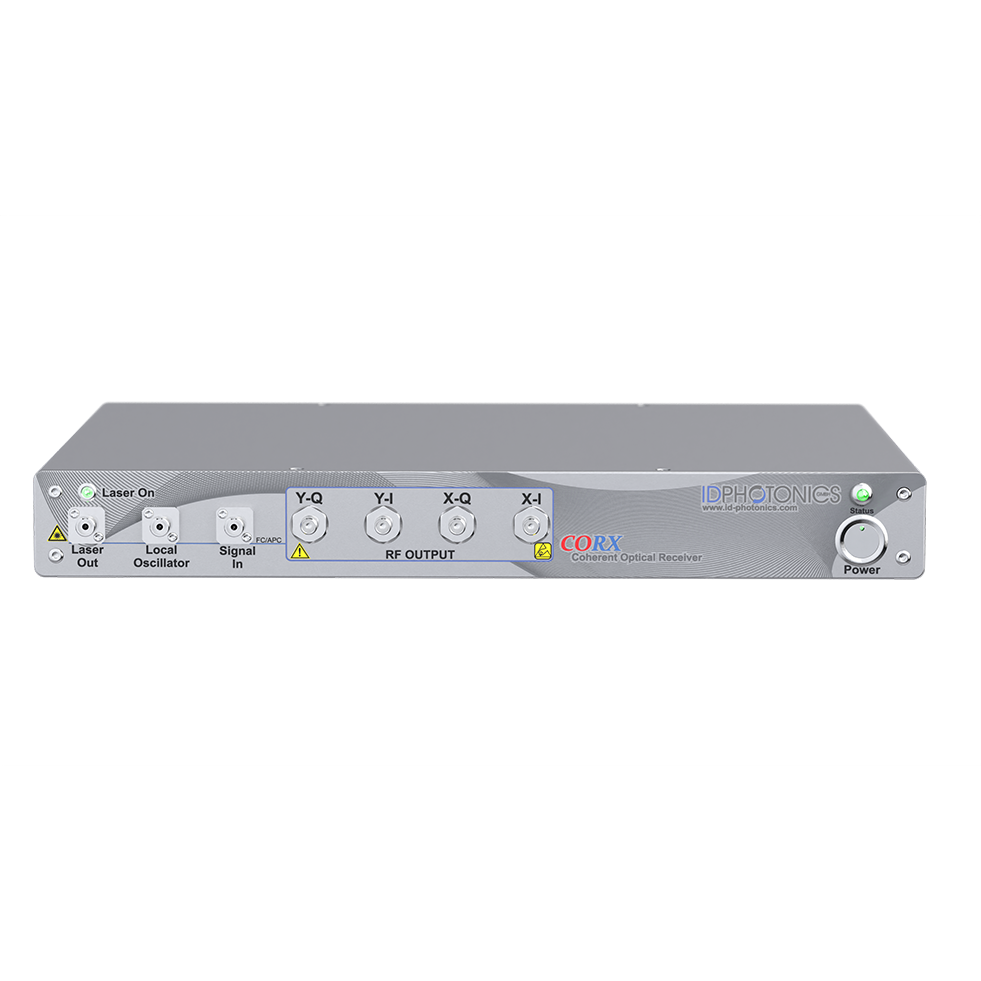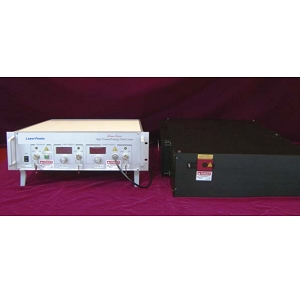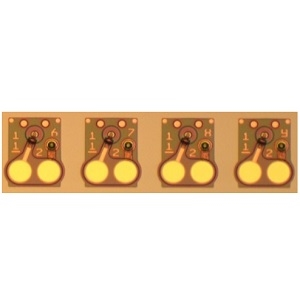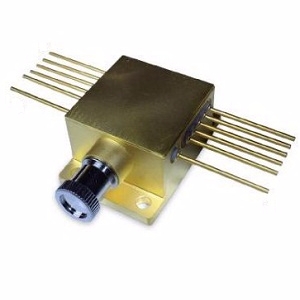- 产品
- 厂商
- 文献资料
热门产品
热门厂家
满足行业内人士的各种需求
如果您想选产品
-
数据手册
30万条产品数据手册,免费获取。
-
产品选型
500个细分类别,多维度指标筛选,高效选型。
如果您想卖产品
-
精准匹配
产品级搜索引擎优化,每天2000+访客为您精准匹配。
-
客户分析
内置仪表盘进行流量数据分析,了解潜在客户画像。
如果您想买产品
-
渠道正规
收录3000+全球光电厂商的产品信息,正品渠道,保障质量。
-
交易便捷
代客户采购,解决采购过程中有关付款、物流等交易障碍。
联系我们获取服务
周刊订阅
定期发布特色产品、技术资料、前沿动态等
您的邮箱将仅用于周刊推送且随时可退订
平台资讯
查看更多-
 飞秒激光器工作原理大揭秘:从超短脉冲到精密加工的核心逻辑
飞秒激光器工作原理大揭秘:从超短脉冲到精密加工的核心逻辑
2025 年,飞秒激光器在高端制造与生物医学领域备受关注。本文结合 Spark Lasers 的 DIADEM IR-30,解析其原理与优势,助力相关领域发展。
-
 飞秒激光器 VS 皮秒激光器:从脉冲到应用,一文读懂核心区别
飞秒激光器 VS 皮秒激光器:从脉冲到应用,一文读懂核心区别
2025 年,飞秒和皮秒激光器受科研与产业界高度关注。本文解析二者差异,并推介 Spark Lasers 的 Altair 飞秒激光器,展现其优势。
-
 飞秒激光器:生物医学成像与工业精密加工的革命性工具
飞秒激光器:生物医学成像与工业精密加工的革命性工具
近年来,生物医学成像与工业精密加工需求激增,飞秒激光器成热点。法国 SPARK LASERS 的 ALCOR 1064-5W 以 5W 功率、130 飞秒脉冲带来新可能。
部分服务用户






